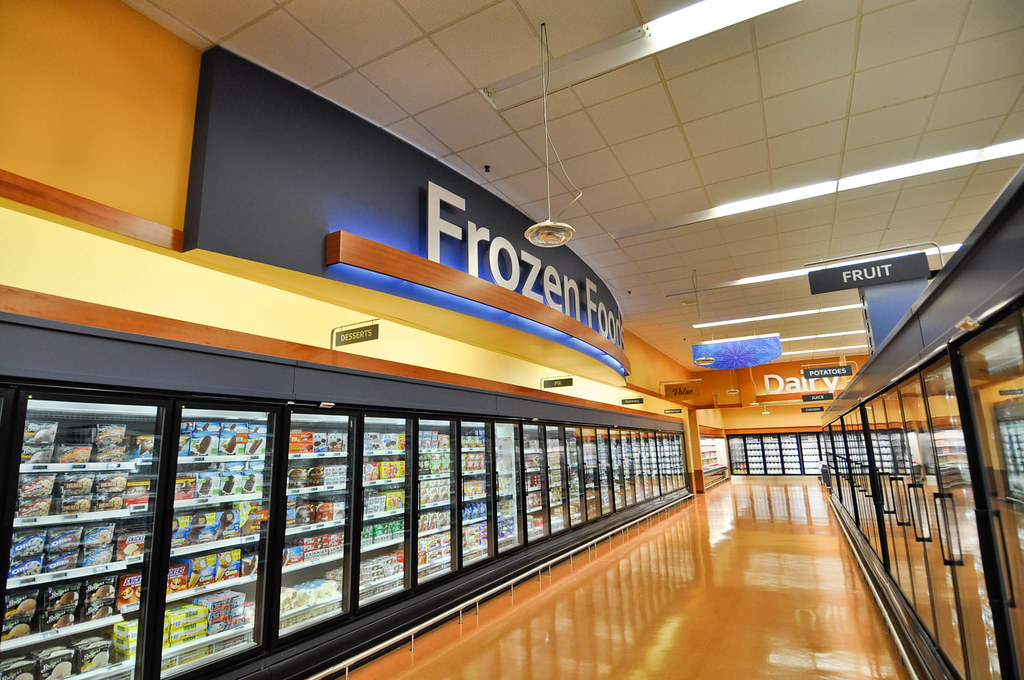While fresh is an important category for grocers, the waste caused by perishables can have a significant impact on the bottom line.
A study by RELEX found that 74% of retailers say fresh products are essential to their business, and 98% of the remainder attribute some level of importance to fresh. The challenge lies in avoiding over ordering to minimize the amount of waste without inadvertently causing out-of-stocks by under ordering.
“It’s hard [for grocers] to forecast what exactly they’re going to be selling that time,” said Shane Finnegan, VP of Partnerships at Jow. “Grocery stores tend to over order to make sure that they have things in stock so that when their customers come to the store, they’re not walking out with a bad experience.”
Consumer demand for high-quality fresh goods is “substantial,” according to Patrick O’Mara, Senior Solution Principal for RELEX. He noted that just about every grocer carries the common national brands for non-perishable goods, but that’s not necessarily true for fresh products.
Having the best produce, meat and prepared foods is the mark of a retailer with special expertise and relationships.
Mastering Waste Reduction
Fresh is an important category despite the special considerations these products bring.
Spoilage may account for a small percentage of annual revenue, but it still has a direct impact on the bottom line. Additionally, sustainability is a topic of growing importance.
“New global regulations are nudging retailers towards waste reduction and more effective spoilage management, making compliance an integral part of successful business operations,” said O’Mara. “In essence, it’s a blend of customer expectations, revenue considerations, sustainability priorities, and regulatory pressures that elevate the importance of fresh products for retailers.”
Grocers looking to future-proof their produce departments, particularly in terms of sustainability, should look to other countries, Finnegan said. Europe in particular is ahead of the U.S. in terms of expectations and regulations, and some of the trends that have picked up there can also help U.S. retailers take advantage of rising demand for locally-grown produce.
“When we look at other countries, they focus a lot more on seasonality and have a smaller selection, but it’s the things that are growing naturally there,” said Finnegan. “It takes less energy and less effort to grow a tomato in the summer than it does in the winter.”
Data-driven Decision-making
Of course, even the freshest produce goes bad more quickly than preserved foods. Getting this aspect of the business right requires a data-driven approach to ordering that takes into consideration past trends and upcoming holidays alike to right-size orders and properly manage the associated supply chain.
O’Mara noted that customer feedback and trends should also be part of forecasting models to help grocers keep up with changing demands and preferences. Additionally, price is always an important consideration when trying to drive sales. Said O’Mara:
“A data-driven approach to inventory, considering aspects like lead times and demand variability, refines ordering accuracy.”
“Embracing dynamic pricing strategies can balance revenue goals with competitive pricing,” he added. “Frequently review and refine the forecasting and ordering processes, promote collaboration across departments, and remain adaptable to market shifts.
“Lastly, leveraging advanced analytics can offer deeper insights into trends and behaviors, aiding in more informed decision-making.”












